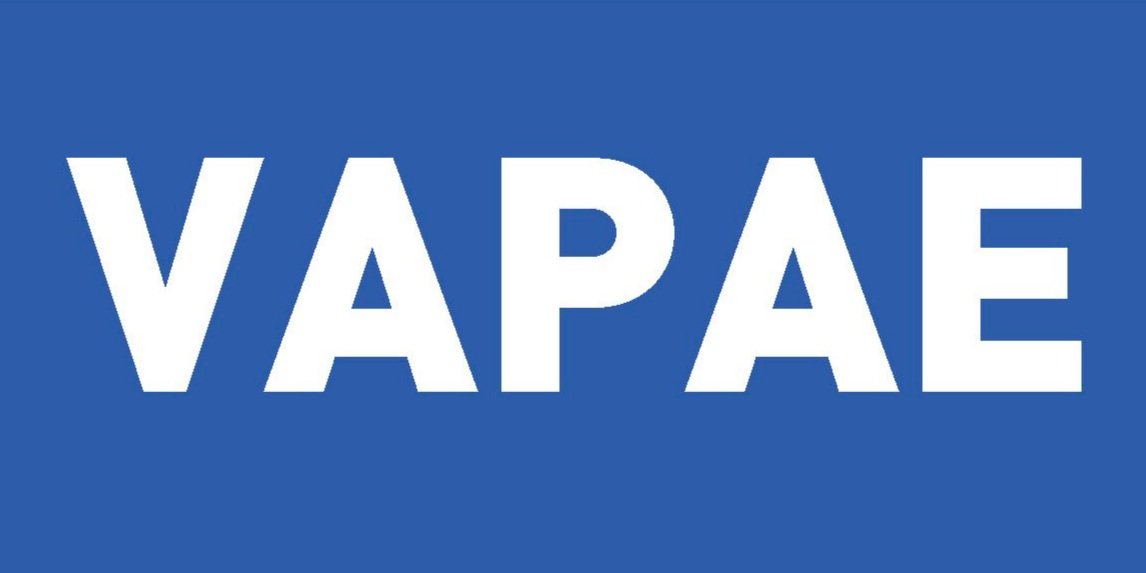Amanda Sutton | January 2018
Hometown: Pelatuma, California
Major: Fine Art
Minor: Visual and Performing Arts Education
Q: How did you discover your interest in the arts and how did you know that it was something that you wanted to pursue professionally, as an artist or as an artist teacher?
A: I’ve made art for as long as I can remember, but it never seemed like something I could pursue professionally. After retiring from my ballet career, I floated from job to job until landing in something that seemed the most sensible - accounting. A few years in, I realized that I couldn’t let the sensible thing be the ruling force in my future when the drive to make art and participate in an artistic community was ever-present.
Q: Describe what the young artists in your VAPAE afterschool arts program are working on and the process they’re using.
A: My students are investigating and creating work in response to ideas of utopia. This quarter we will be working with collage, drawing with wire, molding sculptural wall pieces in foam and fabric, rotary printing and marbling fabric, bookbinding, making miniature dioramas of our utopias, and collecting community problems and solutions for our first socially-engaged art piece.
Q: Why is an enrichment opportunity like this important for those participating? What do they gain?
A: I hope they gain new ideas of what their future could look like, and gain confidence in the realm of art making and viewing. Each week we teach them about artists who make work that is related to that week’s project, so I hope they draw inspiration from those artists and explore them at a greater depth. They also get a fun place to be every Tuesday with snacks and music and community.
Q: Did you have an opportunity like this when you were a younger artist? If yes, how did it help shape your love of art? If no, in what ways could a program like this have helped you?
A: I didn’t have anything like this when I was a kid. I always made things on my own, but was one of those kids who believed that people were born with some special artistic talent or gift, and that since I didn’t know how to draw, I wasn’t one of those people. It wasn’t until a community college drawing professor equated the hard work and practice I put into ballet with the way rendering skills are developed that I understood that I, too, was allowed to make things and call them art.
Q: What has this experience as a teaching artist or arts facilitator taught you about yourself?
A: I can actually see myself not only enjoying but becoming comfortable with this role.
Q: What do you personally gain as a teaching artist, arts facilitator?
A: I came to the program worried that teaching would distract me from my art practice, and that if I wanted to be a full-time artist I couldn’t let teaching get in the way of making new work. After several jobs as a teaching artist I’m beginning to see this role as a part of my art practice, as another way of working with a community. I’ve started bringing the themes I explore in my own work to the classroom and have found new and interesting pathways to travel. Young people are fascinating.
Q: What are the benefits to you as a student/graduate in the UCLA VAPAE program? Was this program a good choice for you? If so, why?
A: I came to the program worried that teaching would distract me from my art practice, and that if I wanted to be a full-time artist I couldn’t let teaching get in the way of making new work. After several jobs as a teaching artist I’m beginning to see this role as a part of my art practice, as another way of working with a community. I’ve started bringing the themes I explore in my own work to the classroom and have found new and interesting pathways to travel. Young people are fascinating.
Q: Are there any anecdotes from your VAPAE Studio Sessions (or Arts Education Teaching Sequence) that stand out to you? Perhaps you had a break‐through with a student or saw some particularly noticeable growth in that student through this program, collaboration etc. Maybe something surprised you or made you think about art or teaching in a new way.
A: It sounds cheesy, but I’m constantly surprised and impressed by the level of insight and quality of work my students produce. I’ve come to realize that we live in a society that constantly undervalues the experiences of young people, and this program has reminded me of just how creative and intelligent young people can be.
Q: What are your short-term and long‐term career goals?
A: After graduation I hope to develop and maintain a full-time studio practice, propose and create artworks in the public sphere, lead workshops at various arts organizations and institutions, attend residencies and continue dialogue with the faculty and fellow emerging artists I have connected with here at UCLA. I am planning to pursue my MFA within a few years of graduating and then find art-related jobs while still maintaining a strong studio practice. Eventually I’d like to be a “successful” fine artist, which I would define as being able to make work and pay my bills without having to take an unrelated or unfulfilling full-time job.

